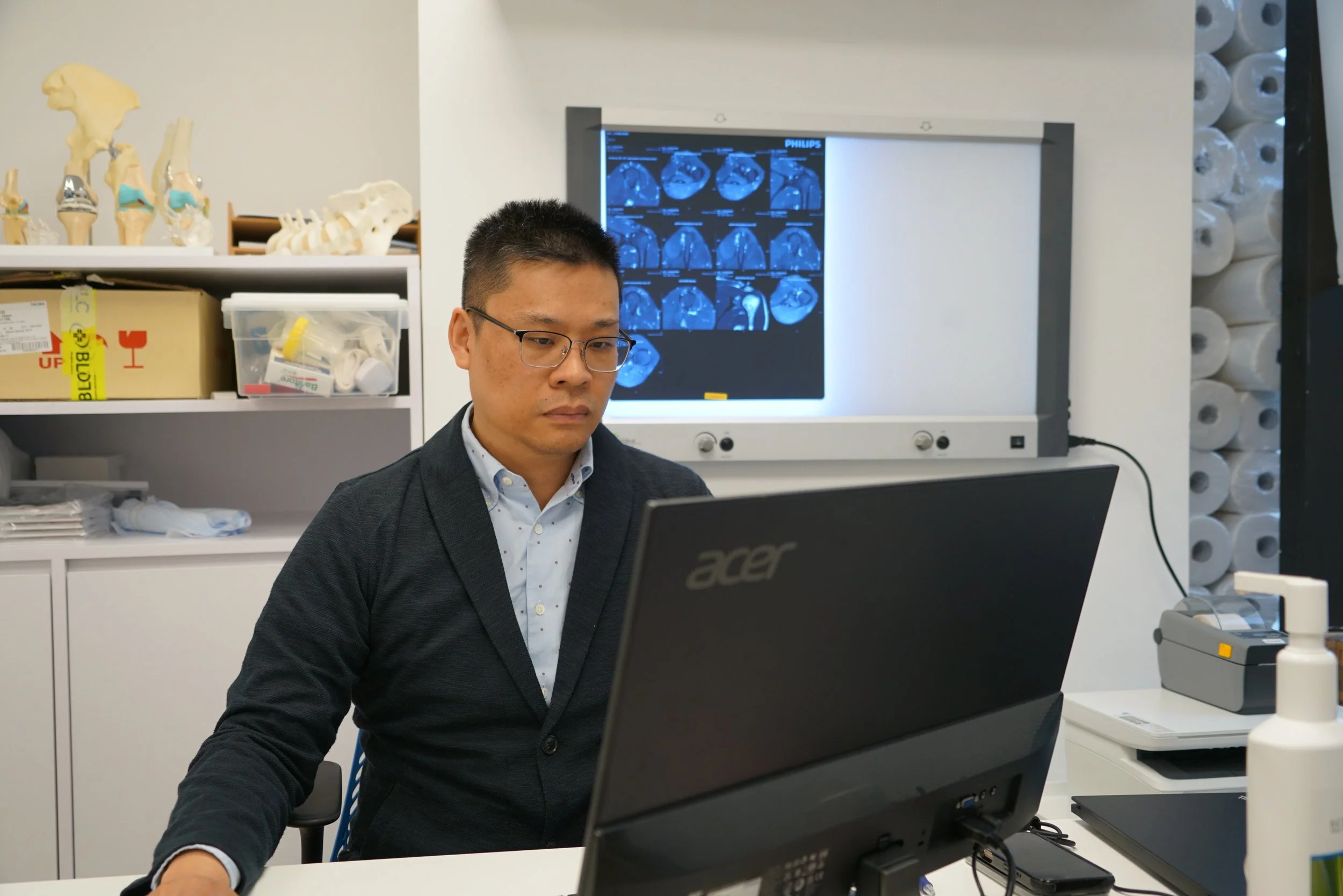Osteoporosis and Physiotherapy: Strengthening Your Bones as You Age
Osteoporosis is one of the most common age-related conditions that affects bone strength and density. As people grow older, bones naturally lose minerals such as calcium, making them thinner and more fragile. This increases the risk of fractures, particularly in the spine, hips, and wrists. However, the good news is that physiotherapy plays a vital role in preventing and managing osteoporosis by helping strengthen bones, improve balance, and enhance mobility.
Understanding Osteoporosis
Osteoporosis literally means “porous bones.” It occurs when the creation of new bone tissue cannot keep up with the loss of old bone. This process leads to reduced bone mass and structural deterioration. The condition often develops silently, showing no symptoms until a minor fall or bump results in a fracture. Postmenopausal women and older adults are particularly at risk, but anyone can develop osteoporosis due to genetics, hormonal changes, poor nutrition, or a sedentary lifestyle.
The Role of Physiotherapy in Managing Osteoporosis
Physiotherapy is one of the most effective non-medical approaches to strengthen bones and prevent fractures. A qualified physiotherapist designs a tailored exercise plan that focuses on weight-bearing activities, posture correction, and muscle strengthening. These exercises stimulate bone growth and help maintain bone density.
1. Weight-Bearing Exercises
Weight-bearing exercises such as walking, climbing stairs, or light jogging encourage bone formation by applying gentle stress on the bones. The bones respond by becoming stronger and denser. Even simple daily activities like dancing or brisk walking can make a significant difference when performed consistently.
2. Strength Training
Strength training or resistance exercises are crucial for maintaining bone mass. Using resistance bands, light weights, or body weight, these exercises build muscle strength, which in turn supports the bones and joints. Strong muscles help absorb impact, reducing the risk of fractures.
3. Balance and Flexibility Training
As osteoporosis increases the likelihood of falls, physiotherapy also focuses on improving balance and coordination. Exercises like tai chi, yoga, and targeted stretching routines enhance flexibility and stability, helping prevent falls and related injuries.
4. Posture Correction
Poor posture, especially a stooped or hunched back, can worsen the effects of osteoporosis and increase spinal fracture risk. Physiotherapists teach postural correction techniques and core stabilization exercises that protect the spine and improve body alignment.
Benefits of Physiotherapy for Osteoporosis Patients
Engaging in physiotherapy regularly offers numerous benefits, including:
Increased bone strength and density
Improved muscle mass and joint stability
Better posture and mobility
Reduced pain and stiffness
Enhanced balance and coordination
Lower risk of falls and fractures
By working closely with a physiotherapist, patients can develop safe and effective routines that match their physical abilities and health conditions.
Preventing Osteoporosis: Lifestyle and Diet Tips
In addition to physiotherapy, maintaining healthy lifestyle habits plays a key role in preventing osteoporosis. Include calcium-rich foods such as milk, cheese, yogurt, leafy greens, and almonds in your diet. Vitamin D, obtained from sunlight and supplements, helps the body absorb calcium effectively. Avoid smoking and limit alcohol consumption, as both can weaken bone structure over time.
Conclusion: Building Stronger Bones for Life
Osteoporosis may be a natural part of aging, but it does not have to control your life. With consistent physiotherapy, proper nutrition, and an active lifestyle, you can protect your bones, stay mobile, and maintain independence as you age. Regular exercise designed by a physiotherapist supports not only your bones but also your overall well-being. Start early, stay active, and give your bones the strength they need to support you for life.




